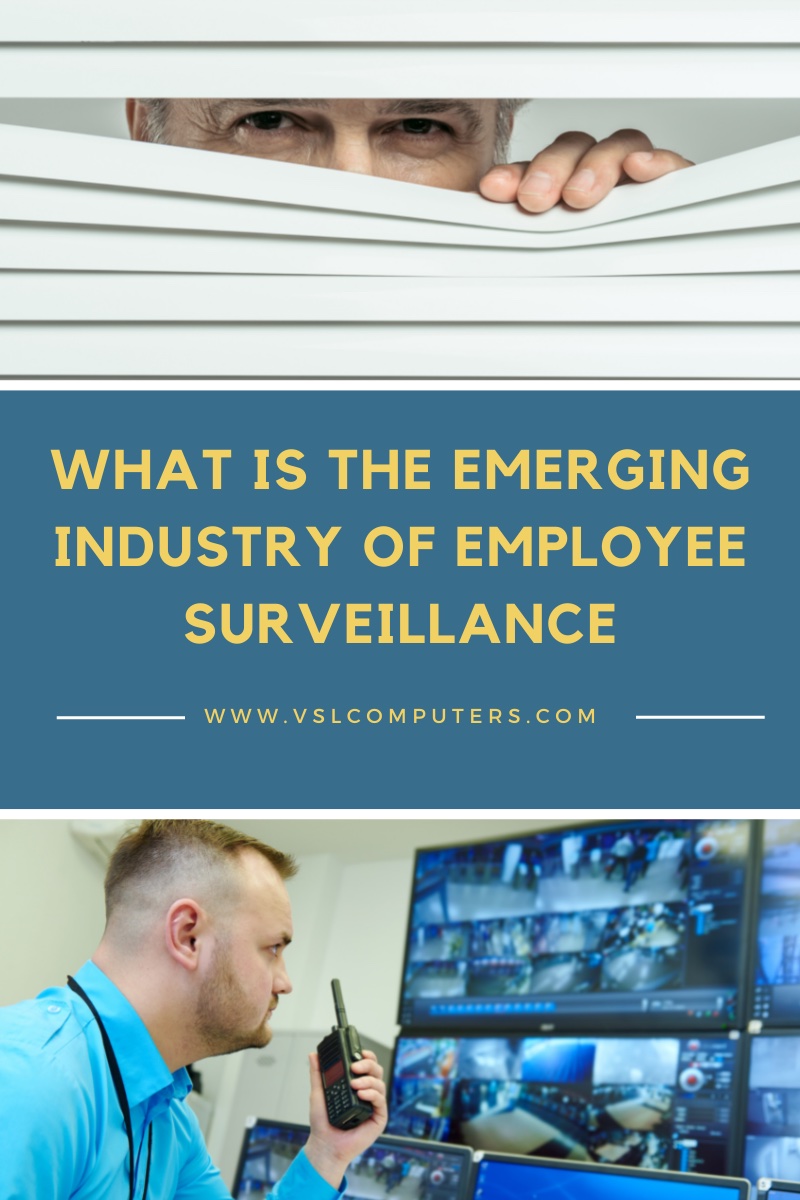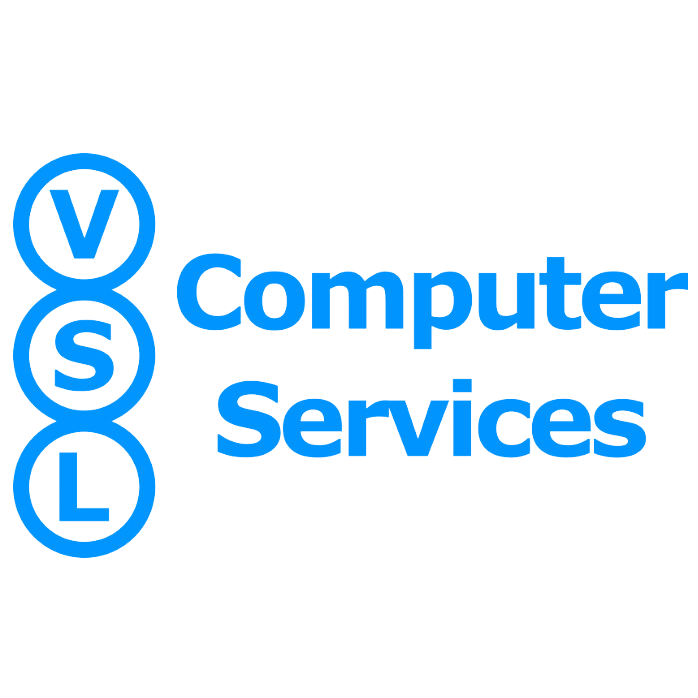
Employee surveillance or employee monitoring is nothing new. When employee monitoring got its start, this may have looked like a camera overlooking a workspace, allowing managers and owners to monitor what was going on. As technology advanced, employee monitoring has evolved into smart badges, software to monitor computer usage, and more.
If employee monitoring is not new, why is it an emerging industry? The reason we label employee monitoring as emerging is due to the drastic increase in it. The pandemic brought massive change across all areas. There was a huge push to work from home, work remotely, and limit the number of individuals in the office by adopting a hybrid office solution (Read more about the hybrid office in our recent article “The Hybrid Office and Why it may be the Solution for You”).
It is not hard to see the attraction of employee monitoring when so many employees are no longer working in the office. Managers and business owners now have very little oversight of employees physically. Employee monitoring helps employers make sure that employees are working when they are supposed to be working while being productive.
Benefits to employee monitoring
There are also other reasons for employee monitoring. Employee monitoring helps prevent and detect costly data breaches; we’ve all seen ransomware attacks covering the news headlines lately (Learn more about ransomware in a recent article of ours here). Monitoring also affords employers the ability to analyze employee behavior, allowing them to adjust accordingly to best accommodate and motivate employees.
Let’s face it, many things sound great on paper, in theory, but when rolled out, they are not what we were hoping for. Not all workflows and processes employers establish are efficient and effective. Employee monitoring helps employers identify workflows that may be a detriment to productivity.
It can be challenging to diagnose poor quality customer service and then to determine where it went wrong. Using employee monitoring, employers can review the email and chat interactions with customers, measure quality, and better determine a new plan to improve the quality of customer service. Your solution may be as simple as added training.
What does employee monitoring software have access to
Employee monitoring software has access to a whole load of data. Here are some common monitoring/tracking items:
- Web Browsing
- What websites employees visit, how long they spend on each site, and what category the website belongs under.
- Phone and voicemail
- Instant messengers (Slack, Teams, Skype, and more)
- CCTV and webcams
- Application Usage
- Login History
- Bandwidth Monitoring
- File tracking
- Desktop Screen Captures
- Screen recording
- Keylogging
- Location
Privacy concerns
The U.S. Ranks second in employee surveillance (Surfshark). In much of the U.S., employers are not legally required to let their employees know that they are being monitored.
From an employee perspective, if you know or feel that you are being monitored, there are some steps you can take:
- Work when you’re supposed to.
- Keep your personal life and work-life separate; keep a personal computer for personal uses and only use your work computer for work uses.
- Use your personal computer for all personal correspondence.
- Designate any personal events on your calendar as private.
From the employer’s perspective, if you are going to monitor your employees, we recommend transparency. There is virtually no harm in being open with your employees and letting them know that you’ll be monitoring. Being transparent with your employees will help reduce conflict resulting from the monitoring.
Are you an employee or an employer? Do you use any employee monitoring software? Or are you aware if you are being monitored?


